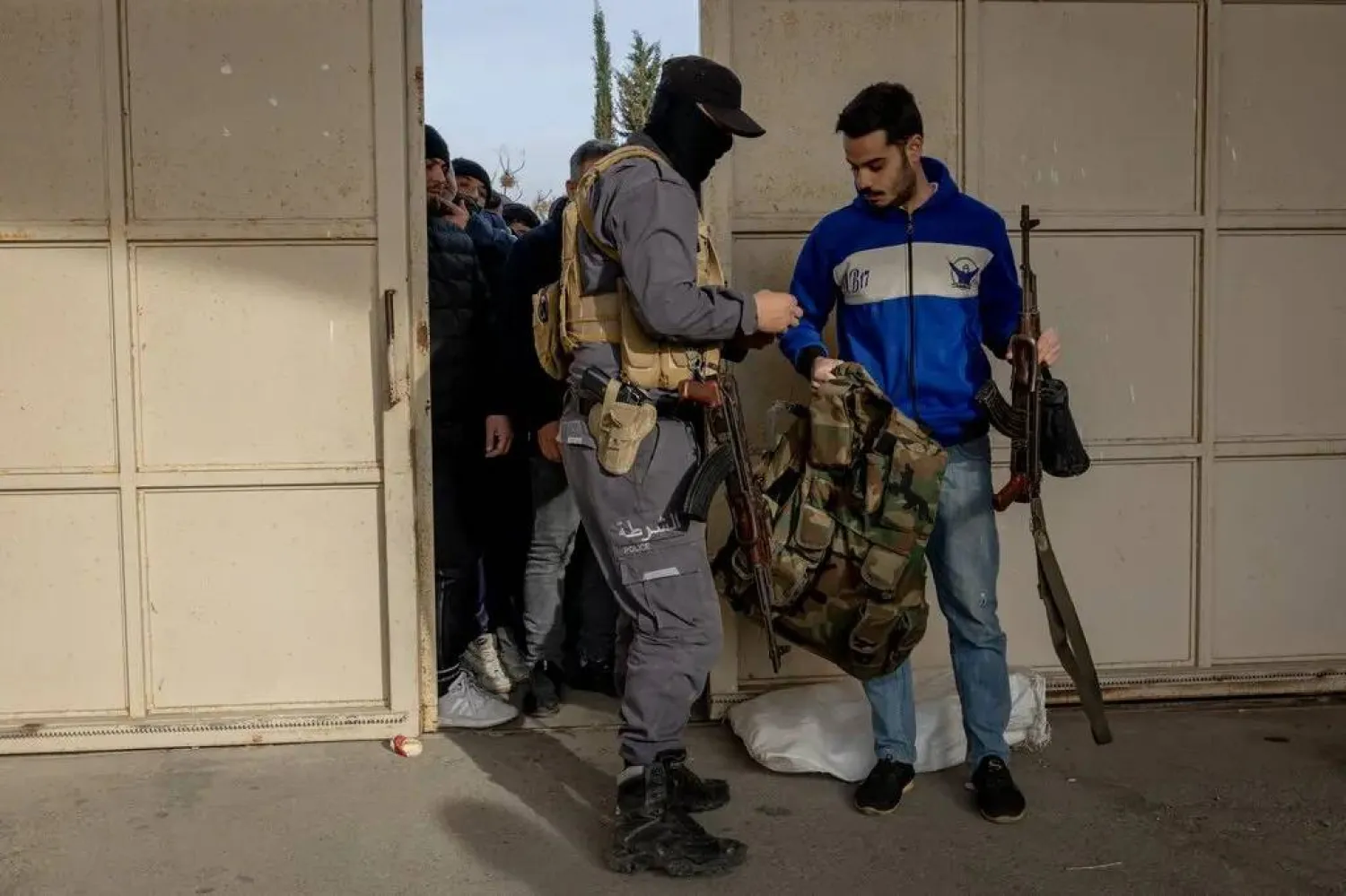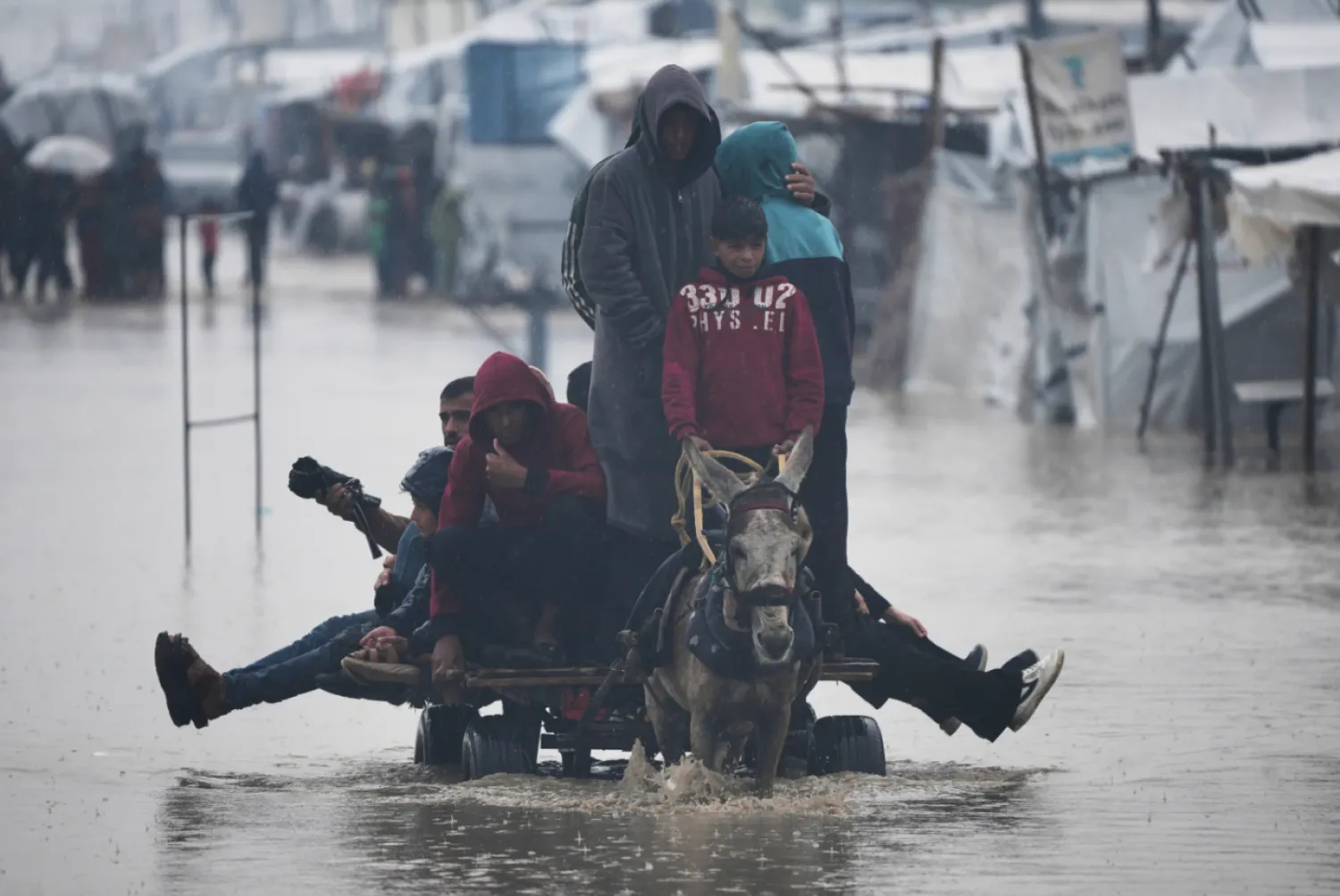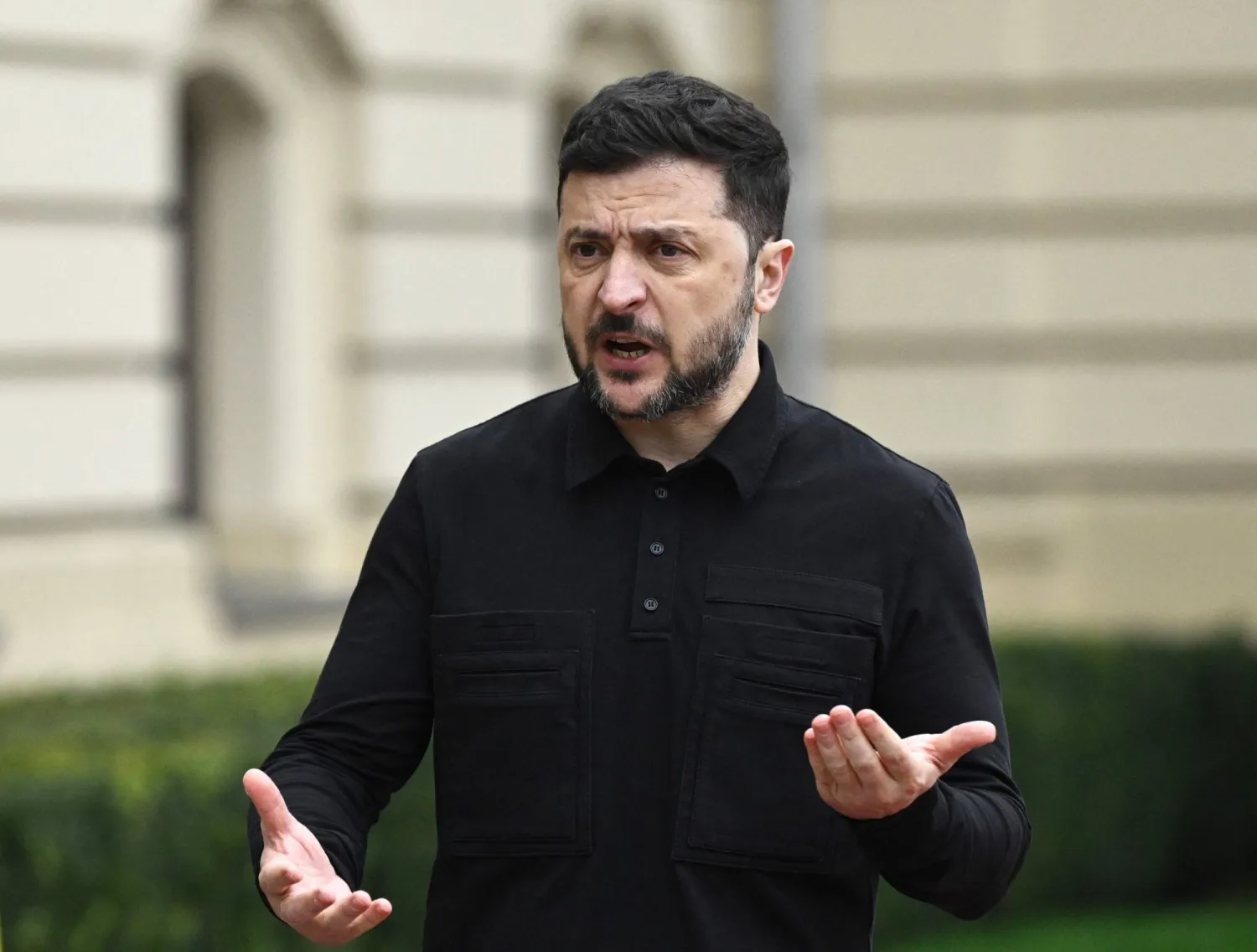The armed conflict that erupted on Saturday between the Sudanese army, led by Lt. Gen. Abdel Fattah al-Burhan, and the Rapid Support Forces (RSF) headed by Lt. Gen. Mohammad "Hemedti" Dagalo, ended an old friendship and cooperation between the two men, which had started with the beginning of the conflict in the Darfur region in 2003 during the rule of ousted President Omar al-Bashir.
At that time, Hemedti formed a small army to confront armed movements in the region that were resisting the Bashir regime. Thus, he gained the president’s support. Burhan, for his part, was coordinating the army’s operations in Darfur, and started to work closely with Hemedti.
The size of Hemedti’s forces grew over time and became affiliated with the army, while maintaining a kind of independence in their leadership and operations.
This relationship strengthened in April 2019, under the pressure of the massive popular revolution that demanded the fall of Bashir’s regime. The two men agreed to overthrow the president, who was supported by the Muslim Brotherhood, and to form a military council to rule the country.
The third stage in their relationship began shortly after the coup that they orchestrated against the civilian government in October 2021, when Burhan assigned figures of the Bashir regime to key positions. Hemedti objected to the move, sparking resentment among the Islamists, who always considered him a “traitor” because he “stabbed Bashir in the back.”
The disagreement in political positions gradually developed between them, sometimes emerging in the media through indirect statements or sharp accusations.
However, the failure to form a government and the deterioration of the economic and security situation in the country, prompted the various military and civilian parties to sign a framework agreement in December 2022, which was widely accepted by civilians and important and influential parties from the international and regional communities.
Although Burhan and Hemedti signed the agreement, which provides for the transfer of power to civilians and the return of the military to their barracks, a new and stronger conflict emerged between the army and the RSF over the implementation of one of the provisions related to military reform and the integration of the Rapid Support Forces into the army.
A war of words escalated between the two sides, with the deputy head of the Rapid Support Forces, Abdel-Rahim Dagalo (Hemedti’s brother), directly addressing the army commanders who control power in the country and saying: “Our message to our brothers in the ruling authority is to hand over power to the people without further stalling.”
He added: "From now on, we will not allow the killing of young demonstrators or the arrest of politicians. We have been silent for a long time, and we don’t want to become a reason for what is happening, but we will not abandon or go back on the basic principles that unite the Sudanese people."
In response, Burhan reiterated that the integration of the RSF into the army was a necessary condition for implementing the framework agreement.
The dispute over the agreement escalated and turned into an exchange of accusations, culminating in the withdrawal of the Sudanese army and military forces from a security and military reform workshop.
Hemedti considered that the army was attempting to disrupt the implementation of the agreement and to prevent the formation of a civilian government, in order to stay in power.
The crisis reached its climax at the airport in the northern city of Merowe, near the air base of the Sudanese army, when the RSF deployed a large number of vehicles and soldiers near the base, claiming to defend their troops against any potential aircraft strikes.
Sources had told Asharq Al-Awsat that a meeting that included Burhan, Hemedti, the international forces supporting the civil transition, and the signatories to the framework agreement, decided to defuse the crisis by providing assurances to the RSF, and removing the aircraft from the air base. But the army did not abide by the agreement, prompting Hemedti to order his forces coming from the west to continue the march to both Merowe and Khartoum and deploy there.
The situation remained severely tense throughout the past week. Mediation led by multiple parties ended with an announcement that a meeting between the two men would take place over the weekend. But instead, the fighting erupted, confirming the Sudanese people’s fear of an imminent outbreak of violence.









